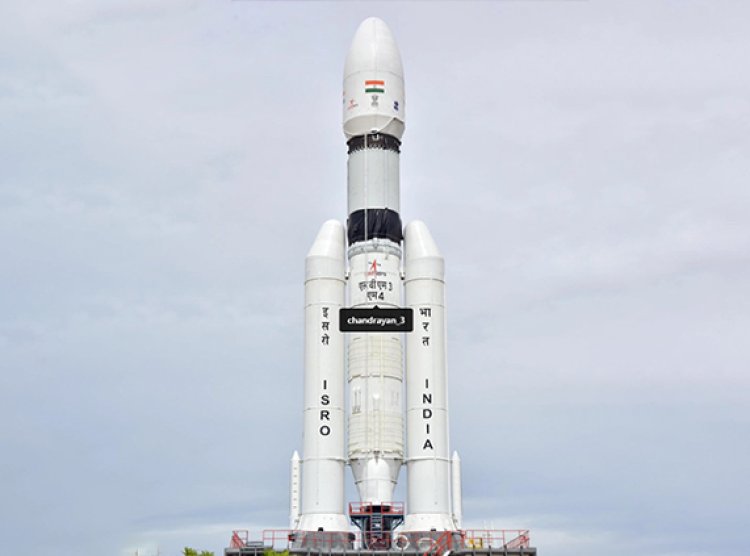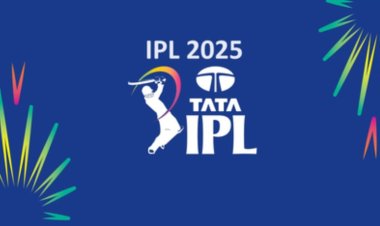Chandrayaan-3 launch news | ISRO plans soft landing on August 23, payloads RAMBHA, ILSA to help understand Moon better
Catch the live updates and news developments from ISRO’s historic launch of India’s third lunar mission Chandrayaan-3 which is perched on the GSLV Mark 3 heavy-lift launch vehicle, named Bahubali rocket, scheduled for 2.35 p.m. IST from Sri Harikota in Andhra Pradesh.

At 2.35 p.m. on July 14, India's third moon mission, Chandrayaan-3, was successfully launched onboard a Launch Vehicle Mark-3 (LVM-3) rocket from the second launch pad at the Satish Dhawan Space Centre in Sriharikota.
This is India's second effort at soft-landing robotic instruments on the lunar surface, following the failure of Chandrayaan-2 in 2019.
Only three countries, the United States, Russia, and China, have successfully soft-landed on the moon.
ISRO Chairman S. Somanath told reporters after the successful launch that the following 42 days are critical. "According to the nominal schedule, we will have five earthbound manoeuvres [that] will conclude on July 31." Then there's the trans-lunar insertion, which will happen on August 1. It will thereafter be grabbed [by the moon].This will be followed on August 17 by the separation of the propulsion module and the lander module. "The landing is currently scheduled for August 23 at 5.47 p.m. IST, assuming everything goes as planned," he added.
Prime Minister Narendra Modi praised the launch, saying, "Chandrayaan-3 writes a new chapter in India's space odyssey." It soars high, boosting every Indian's goals and desires... This historic feat is a credit to our scientists' unwavering dedication. I applaud their courage and resourcefulness!"
"It is truly a moment of glory for India," said Minister of State Jitendra Singh, who was present during the unveiling. Thank you, ISRO team, for making India proud... Today is also a day of vindication: vindication of Vikram Sarabhai's dream from six decades ago."
The spacecraft detached from the rocket around 16 minutes after the LVM-3 lifted off. It was an integrated module that included the propulsion module, lander module, and rover. It began an elliptic parking orbit (EPO). The closest approach to Earth for this orbit was roughly 170 km, while the farthest was 36,500 km.
The Chandrayaan-3 is made out of two modules: an indigenous propulsion module (PM) and a lander module (LM). The mission's goal is to create and demonstrate new technologies needed for interplanetary trips.
The propulsion module will transport the lander (including the rover) from the EPO to a 100-kilometer-high circular orbit around the moon. This module also carries the 'Spectro-polarimetry of Habitable Planetary Earth' (SHAPE) instrument, which is used to examine spectral emissions from Earth.
According to ISRO, the lander would be able to soft-land at a predetermined lunar location and deploy the rover. As it wanders across the lunar surface, the rover will conduct in-situ chemical assessments. The lander is also equipped with research instruments for studying the lunar surface and subsurface.
Over the next month, the propulsion module will perform a series of motions to sling itself towards the moon and be captured by its gravity. After being brought into lunar orbit, the lander will detach and attempt a soft landing on the moon's surface.
The goal of the Chandrayaan-3 mission is to develop and demonstrate new technologies needed for interplanetary missions.

 Sumit Rawat
Sumit Rawat 










